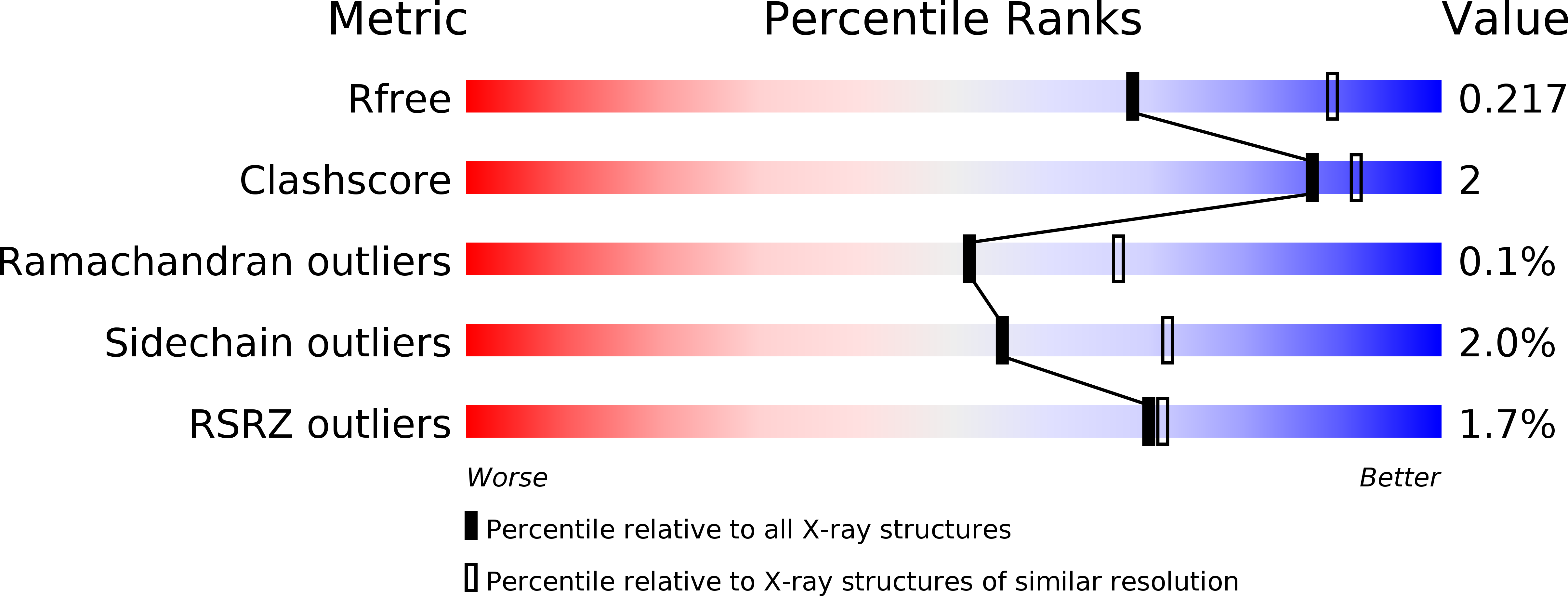
Deposition Date
2014-05-02
Release Date
2014-08-06
Last Version Date
2023-09-20
Method Details:
Experimental Method:
Resolution:
2.38 Å
R-Value Free:
0.21
R-Value Work:
0.17
R-Value Observed:
0.17
Space Group:
P 1 21 1


